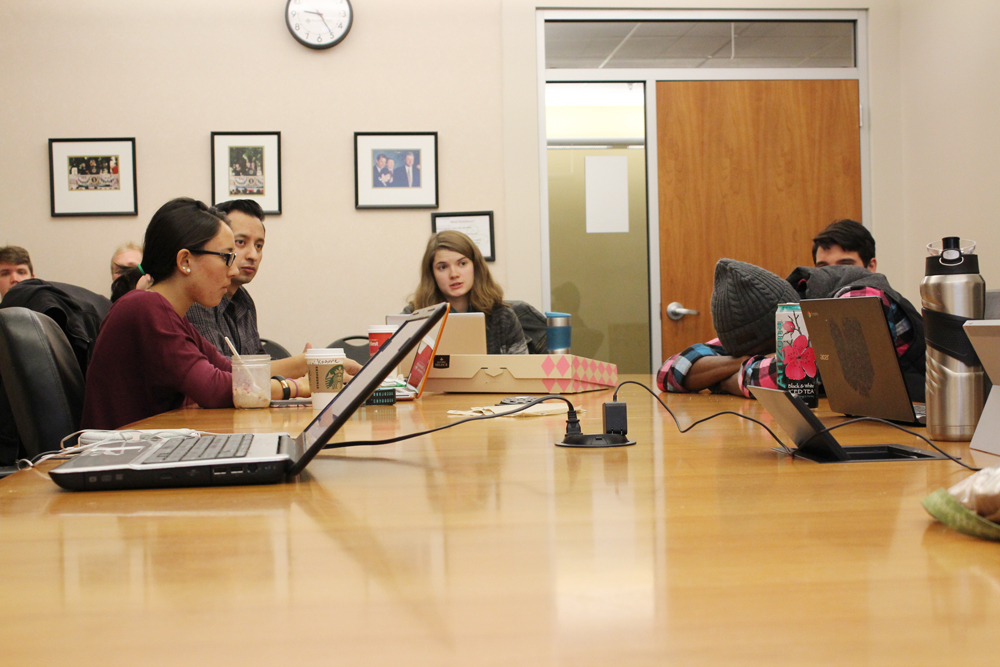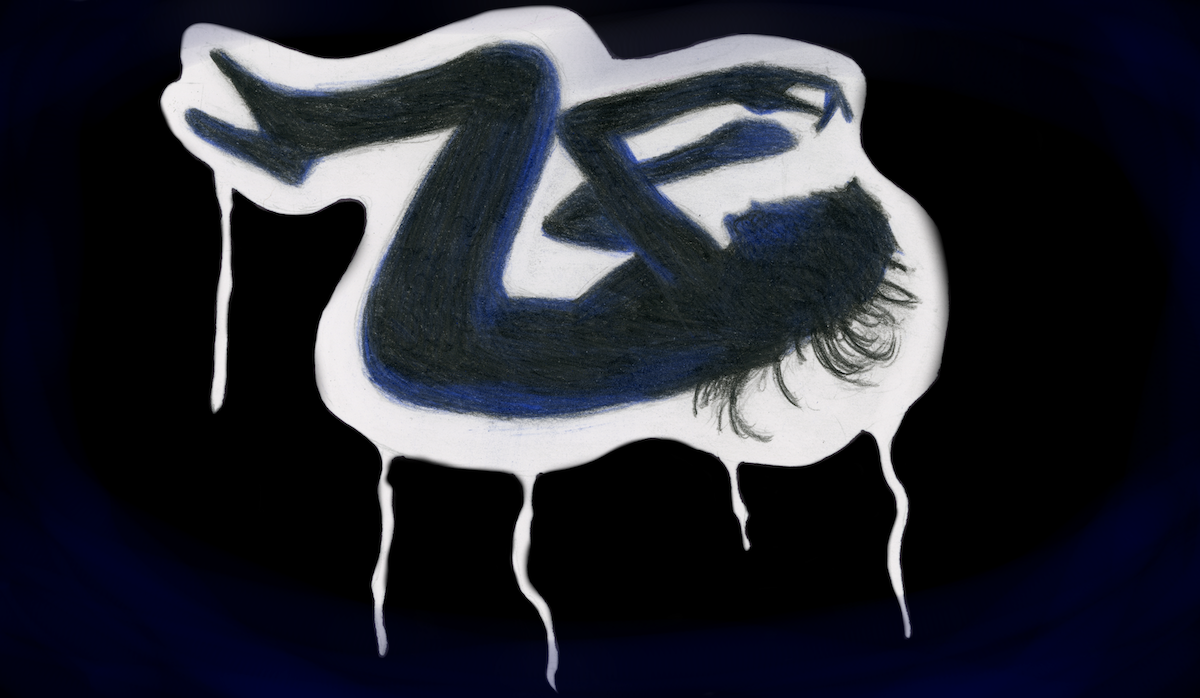Joshua Hale Fialkov’s ongoing series The Life After is largely a retelling of Christian mythology, in which the Christian God is an undulating blob of misplaced white limbs and eyeballs.
The series opens with our cynical white-guy protagonist, Jude, asserting “this is my life,” while trying to explain the repetitive nature of his young 20s life. At this point, the comic seems to be stepping up to comment on depression, social reclusion and maybe even the dehumanization of office work, but inevitably falls short.
Instead, Jude picks up the handkerchief of a young woman on the bus, basically peaks through the Matrix that shrouds the world of the living and the dead and turns out to be Jesus. The young woman actually turns out to be just a young woman and within 10 pages she’s brutally raped by a landlord until she miscarries in an alley.
There’s not much violence in The Life After so far except for that single scene, some violence against extra-terrestrials and one nerdy kid gets punched in the face by a jock-type. Besides this woman, Nettie, there’s one other woman, a black woman who has goat’s feet and is actually a huge demon from Hell who says “ya dig,” even when the colloquialism doesn’t make any sense.
Even though Fialkov’s version of the Christian God is delightfully monstrous, He’s unfortunately a Jewish stereotype and doesn’t shy away from the occasional “oy vey” and “someone needs a smiting,” and creeps on women with a “helllllloooo, nurse.”
After seeing through the Matrix and realizing that reality is mostly a conspiracy, Jude runs into Ernest Hemmingway.
At this point, Hemmingway’s character doesn’t serve much of a purpose other than knowing plot-necessary information that tends to not actually explain anything, though there is a beautiful moment in which he’s about to be carried away by monstrous seraphim and shouts “just like Spain all over again,” and shoves a peashooter in its face like he has a chance.
There’s also something delightful about the fact that the whole Matrix seems to be orchestrated by three white guys in short-sleeve, button-up shirts typing away at huge monitors glowing a radioactive green straight out of the ’80s.
They appear to have some control over the world—and sometimes they have wings—but that power doesn’t seem to exceed that of any other office drone, and this power that is largely kept in check by their boss, a monstrous god that has existed since the Big Bang. Something with which we can all identify.
They may or may not turn into bigger players later, but right now they seem to be excuses for turning people like Jude and Ernest Hemingway into computer metaphors, like “glitch,” which is particularly poignant in regards to how experiences are interpreted now that the internet is integral in daily life.
These three could be used to comment on the social and moral responsibility of the everyday person, but it’s not clear at the moment. And they are all white guys, like almost all of the characters so far.
Speaking of which, five issues in and Jude’s only power as Jesus seems to largely rely on empathy through touch. He touches someone and has visions of their life and death. He also seems to be able to elevate people from Purgatory into Heaven.
He feels their emotions, gets empathic, tries to make them feel better and they glow and rise. Which is an interesting idea and makes for an intriguing inner-logic and commentary on religion, or morality’s potential in society.
Again, the biggest problem with this is still that the comic is so monochromatic. White characters are always afforded heroism, messiah statuses and empathy when people of color in the media aren’t, and Fialkov’s comic is emblematic of that.
The Life After is by no means the worst or only culprit, but that’s exactly the problem. Still, religiously-toned conspiracy theories are always a thrill ride, and I can’t wait to find out what direction Fialkov and Gabo are taking this one.






